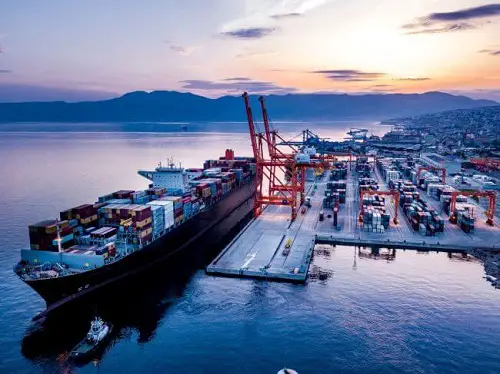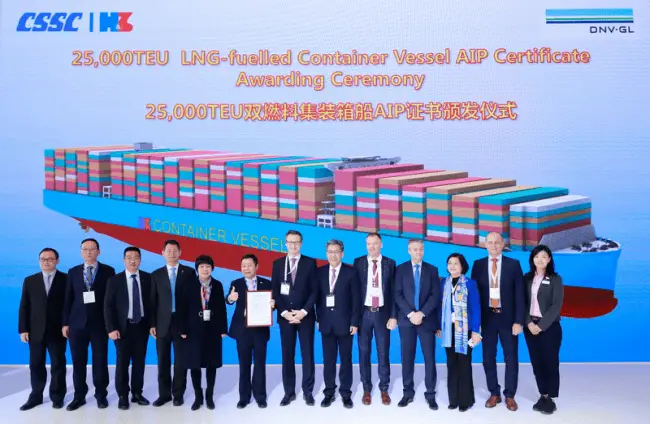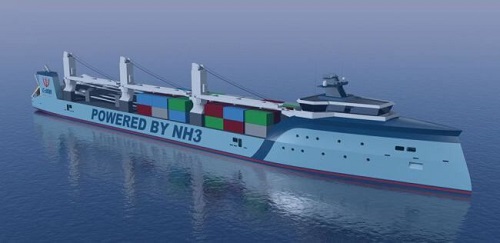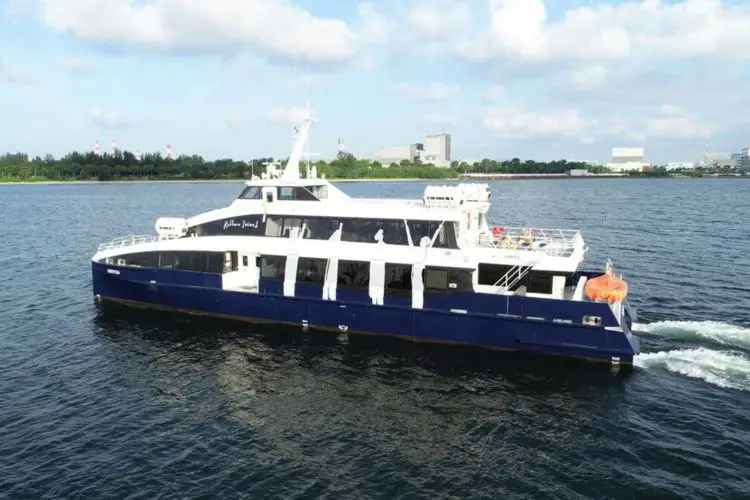ICTSI Croatia Invests To Expand Reijka Terminal For Future

ICTSI Croatia Invests To Expand Reijka Terminal For Future
The Croatian subsidiary of International Container Terminal Services Inc. (ICTSI), Adriatic Gate Container Terminal (AGCT) at the Port of Rijeka, is set to comprehend the expansion plan and realize this plan by the period up to mid-2020.
AGCT has drawn up plans in close cooperation with the Rijeka Port Authority for a two-phase dredging scheme, in which the first phase has been fully-approved, and it demands the dredging of 130 meters of harbour over its first and second Berths. This will help to facilitate the berthing of vessels and having 400 meters of overall length. It is expected that the work will be completed by mid of 2020 and will also provide berth of length approx 400 meters with a depth alongside 15 meters.
The EU and PRA has been providing finance for infrastructure. ICTSI will be undertaking all the associated necessary investment for quayside and landside handling systems, as well as the increased coverage of the terminal’s state-of-the-art IT systems.
Additional dredging alongside with the length of about 438 meters of harbour and to a depth of 16.5 meters is predicted by the second phase. After the completion of this project completed, AGCT will become the first terminal in the northern Adriatic with the ability to berth vessels of equivalent units (TEU) capacity of up to 20,000 twenty-foot, with a length overall(LOA) of length up to 400 meters with the beam of 59 meters.
“We have decided to do this against a background of steady demand but, more importantly, to keep pace with the requirements of our clients in terms of both ship size and a rise in intermodal rail activity,” explains Wojciech Szymulewicz, AGCT chief executive officer. He adds: “The capacity expansion will also deliver an overall boost to efficiency levels at the terminal, building upon the strengths we have already established in terms of vessel and truck turnaround as well as intermodal rail connectivity.”
Along with these initiatives the new Super Post Panamax cranes, new rubber tyred gantries (RTGs) and prime movers introduced on the landside. The new Super Post Panamax cranes have an outreach of at least 24 rows, as part of the berth upgrade.
Because of the advancement of the work, there is an upgrade in AGCT’s on-dock rail terminal offer of an annual capacity of 360,000 TEUs per year. The upgraded rail yard will feature two new rail-mounted gantries (RMGs) over four rail lines. In the last quarter of 2019, the upgradation will be completed.
There will be an increase of demand so the capacity of the terminal yard will also be incremented by 600,000 TEUs per year in line.
AGCT is configured to optimize road and rail connectivity. For trucks, the terminal offers a direct connection to the highway and a competitive average truck dwell time of just 13 minutes in the export cycle and 19 minutes in the import cycle. Approximately 40 percent of the terminal’s annual throughput now moves via rail, and this is expected to increase up to a level of 60 percent.
The cross border services to Hungary, Serbia and Bosnia and Herzegovina, and within Croatia to the capital city of Zagreb are included by AGCT under the regular services operated by rail. AGCT is very confident that working with its shipping line clients and common user operators will continue to extend its market reach and grow the terminal’s rail market share because of the spare capacity in the rail system, a fully liberalized rail market in operation and providing access to private rail operators.
“The Port of Rijeka and AGCT are a very competitive option in the Adriatic,” notes Hans-Ole Madsen, ICTSI Senior Vice President and Regional Head of Europe-Middle East-Africa. He added that, “While the volume through AGCT has risen modestly year on year, the expansion program will future proof the terminal in terms of both providing new volume capacity for the longer term and meeting new system requirements, notably accommodating bigger vessels and boosting the intermodal rail capability. The program has involved close client liaison and study of all relevant market factors, and we are confident AGCT will meet the needs of container lines calling Rijeka and of cargo owners for the foreseeable future.”
Reference: ictsi.com






